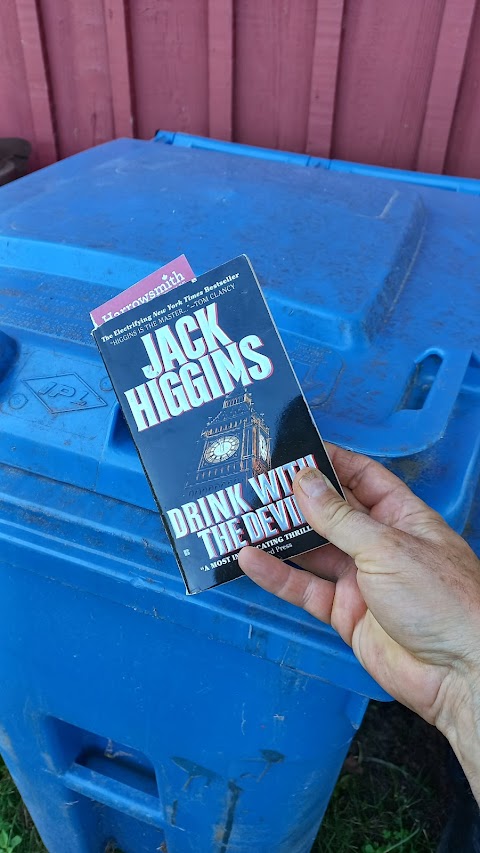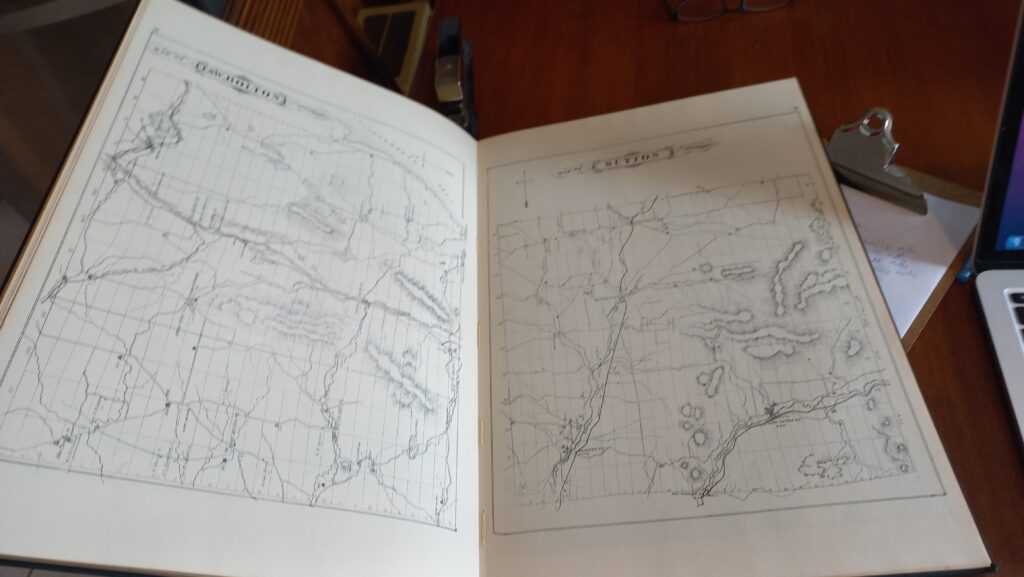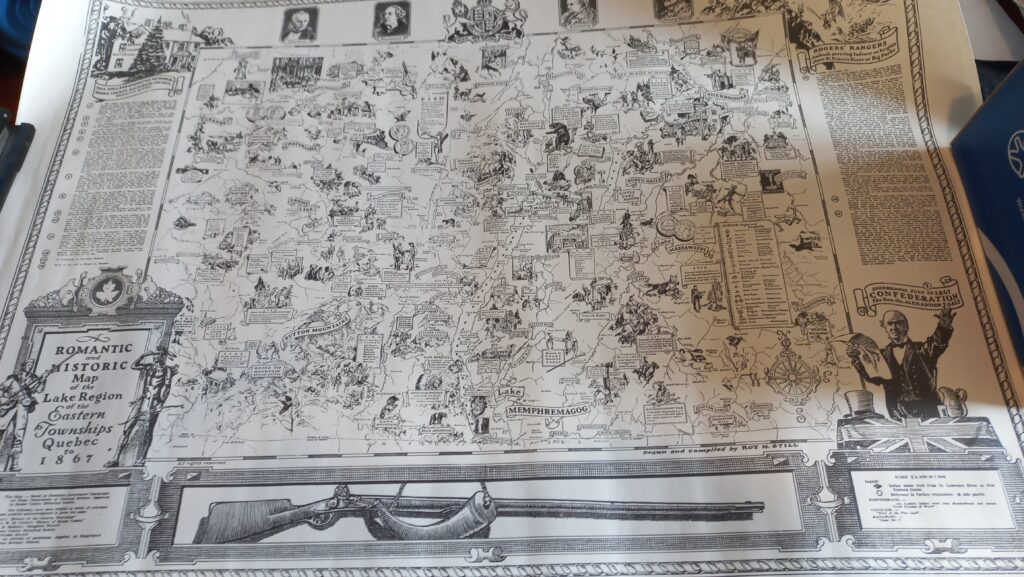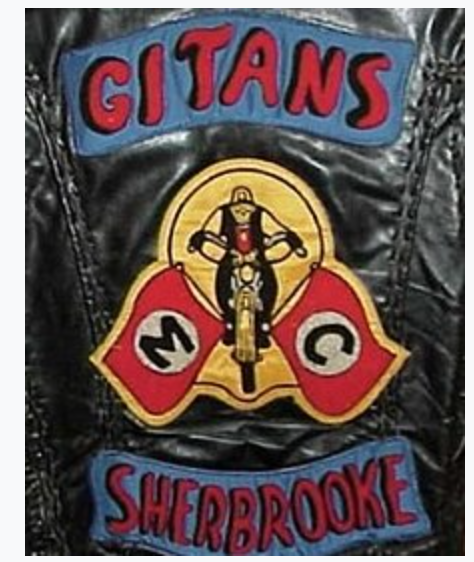A little light fiction for you folks.
Hilroy Blurt was a crisp, clean-cut young man. Of course, the birds in the tree didn’t know that. They just knew he didn’t belong up there with them. But looking down, they soon figured out why.
Most black bears can climb trees. But the old fellow snuffling around the base of the old pine was past his tree climbing years. The patch of brown fur around his muzzle was flecked with grey, and his shoulders were stiff. Though this bear didn’t have much time left, he decided he’d stick around for awhile. The hips gave way and he plunked down on his haunches, looking up at a week’s supply of food. The food looked back at him.
“Please go away,” Hilroy said softly. Like other animals the old bear had chased down over the years Hilroy’s eyes were wide with fear, the breathing fast and shallow. But those animals rarely had the chance to look him in the face. He found it kind of annoying. He gave a snarl and took a swipe at the trunk of the tree. Hilroy jerked responsively, wanting to climb higher but knowing the smaller branches wouldn’t hold him.
It had all started innocently enough. Hilroy had been out for a walk near the river when he stepped around a rock outcrop and came within six feet of the bear. He turned and ran. As for the bear, he hadn’t had a decent meal in days and was trying to catch some fish. Suddenly a new option appeared, and he gave chase.
The bear’s shoulders slowed him down. Hilroy was surprisingly quick for a human, zig-zagging wildly before launching himself into a pine tree.
At other times in his life the tree would have been an easy climb for the bear. Those damn shoulders again. He’d just have to wait it out.
Looking down from about 15 feet up, Hilroy was breathing heavily. It was a crisp fall afternoon, but beads of sweat were forming on his forehead, rolling down to sting his eyes. He felt dizzy, clutching branches with arms and legs and wishing he had more of each.
“How am I going to get out of this?” Hilroy’s only coherent thought in a swirl of profane internal dialogue.
The bear hadn’t seen many humans in his life. In fact this was the closest he’d ever been to one. It was obviously pretty defenceless and scared. Probably fairly young too. Tender eating, especially after being left in the sun for a few days. Like most bears, he preferred his meat well aged.
Bears don’t think much about life and death, but seeing the young human the bear realized this was one life that would be over before it was fully lived. Years of searching for berries, mating, catching fish and whatever else it was humans did that would never happen.
His own end was not far off, this he knew. It wasn’t that many years ago that he chased down that deer when food was scarce. The deer was fast but he had surprised it, like the human had surprised him. The hunger made him faster, deadlier. Survival of the fittest is a wonderful thing when you’re on top of the food chain.
Now he felt his limitations more and more with each passing day. His shoulders had ached for so long the pain had become a normal part of life. He looked up at the boy, studying him.
Hilroy was also looking back over his life. Though the span of years was the same between the two the outlook was different. Hilroy hadn’t yet risen to the peak of his power, hadn’t yet stood apart from his family to take on the world. He hadn’t even finished Grade 9 yet.
He looked around to consider his options. The idea of climbing into another tree to escape was quickly discounted. Armed only with a pocket-knife he’d bought at a flea market, direct confrontation was also not an option. No sticks, no stones. Nothing.
“Maybe I’ll just have to stay here until he gets sick of things and leaves,” Hilroy muttered to himself, envisioning the prospect of spending days and nights in the tree, unable to sleep for fear of falling into the waiting jaws of the bear.
The bear heard Hilroy’s muttering. He climbed to his feet, pushed up onto his hind legs, and with his yellowed teeth about eight feet from Hilroy’s Keds, let out a roar. Hilroy jerked convulsively, letting out a cry for help, though none was forthcoming.
Hilroy didn’t fall out of the tree as the bear had hoped. The bear settled back down to wait awhile longer. He thought some more about this young human and the life that it was not going to have because it hadn’t been paying attention. Silliness. A bear would never have done such a thing. But young animals did that sometimes. He’d eaten a few of them over the years. A fawn, a fox kit, a calf.
If the human had been paying attention their paths would never have crossed, he thought. The human would have gone back where he came from by now. He glanced to the horizon, which the sun was turning orange in the evening. A faint breeze carried the scents of autumn, the scents of life and death, a mosaic of all that is and was, with just a hint of what will be.
The evening breeze caught his attention again. A new scent in the mosaic he hadn’t noticed before. Dead cow. Hmmm…
As Hilroy continued to go over his options above, the bear considered this new development. Food, lots of it, already aging. And a human up a tree. Life was over for the cow. It wouldn’t last much longer for the bear. If the boy had been smarter it would have been different.
The bear reared up on his back legs, slapping the tree with his front paws. The branches shook. He roared, slapping the tree again and again. The hooked claws dug into the bark, his shoulders screaming out in pain as he pulled himself up, once, twice, three times. The right paw lashed out, catching the sneaker just below the Keds logo. Hilroy cried out, lost his grip and falling, colliding with the bear, the two falling to the ground in a heap.
The bear was old, but still had some speed in him. The faithful right paw lashed out again, claws laying the boys shirt and shoulder open. Hilroy kicked out, thrashing, screaming, squirming away. But the bear was on him again, lowering his face to Hilroy’s. Another roar. Hilroy could smell the yellowed teeth, feel the heat of his breath. His bladder let go. He knew what was next, and was powerless to stop it.
Pausing, the bear looked closely at the boy’s face. Wild-eyed, dirty, bleeding from the nose and a gash on the forehead.
Bears don’t feel pity. Maybe it was the realization that the life in front of him was not his own, but belonged to another. Maybe he didn’t like the smell of human blood. Maybe he was just tired of killing.
He didn’t even put his claws out for the last slap, a parting shot to the head, a final notification of who the winner was. Bleeding and bruised in a dozen different places, Hilroy got his life back.
Three days later a neighboring farmer found the cow he’d been missing, partly eaten. Lying next to it was an old dead black bear, its body bloating in the September sun.
Its shoulders didn’t hurt anymore.





